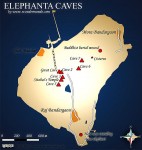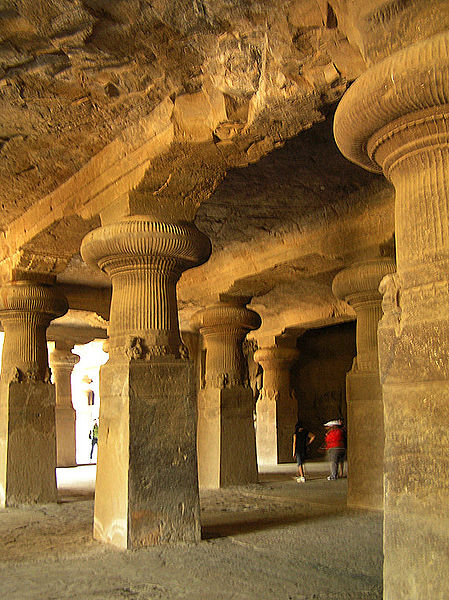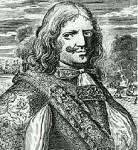
This is the first in a NEW ongoing series dedicated to expanding our knowledge of the Caves of the World. . . . EDITOR
from The Economic Times
Quick getaway: Elephanta Caves
[If you happen to be in India)
23 AUG, 2012, 07.57AM IST, ET BUREAU
Elephanta Caves, situated on the Elephanta Island is home to 1,200 year old rock cut temple of Lord Shiva. Ancient carvings and sculptures adorn the temple. The specialty of the temple is that it was built out of a single rock with space for columns and shrines. There are over 10 caves here but it’s the main cave that has the privilege of being the most preserved.
This section of the cave is replete with gigantic structures that tell stories of Lord Shiva from the puranas.An astonishing fact is that even though the site was used for target practice in the 17th century by the Portuguese, the caves retained their charm and still attract loads of visitors everyday. The Elephanta Caves are now designated as a UNESCO World Heritage Site. An added incentive to go check them out, isn’t it? . . . Read Complete Report
from youtube
Elephanta Caves (UNESCO/NHK)
Uploaded by unesco on Jun 3, 2010
The ‘City of Caves’, on an island in the Sea of Oman close to Bombay, contains a collection of rock art linked to the cult of Shiva. Here, Indian art has found one of its most perfect expressions, particularly the huge high reliefs in the main cave.
Source: UNESCO TV / © NHK Nippon Hoso Kyokai
URL: http://whc.unesco.org/en/list/244/
Further Research: Wikipedia “Elephanta Caves”










